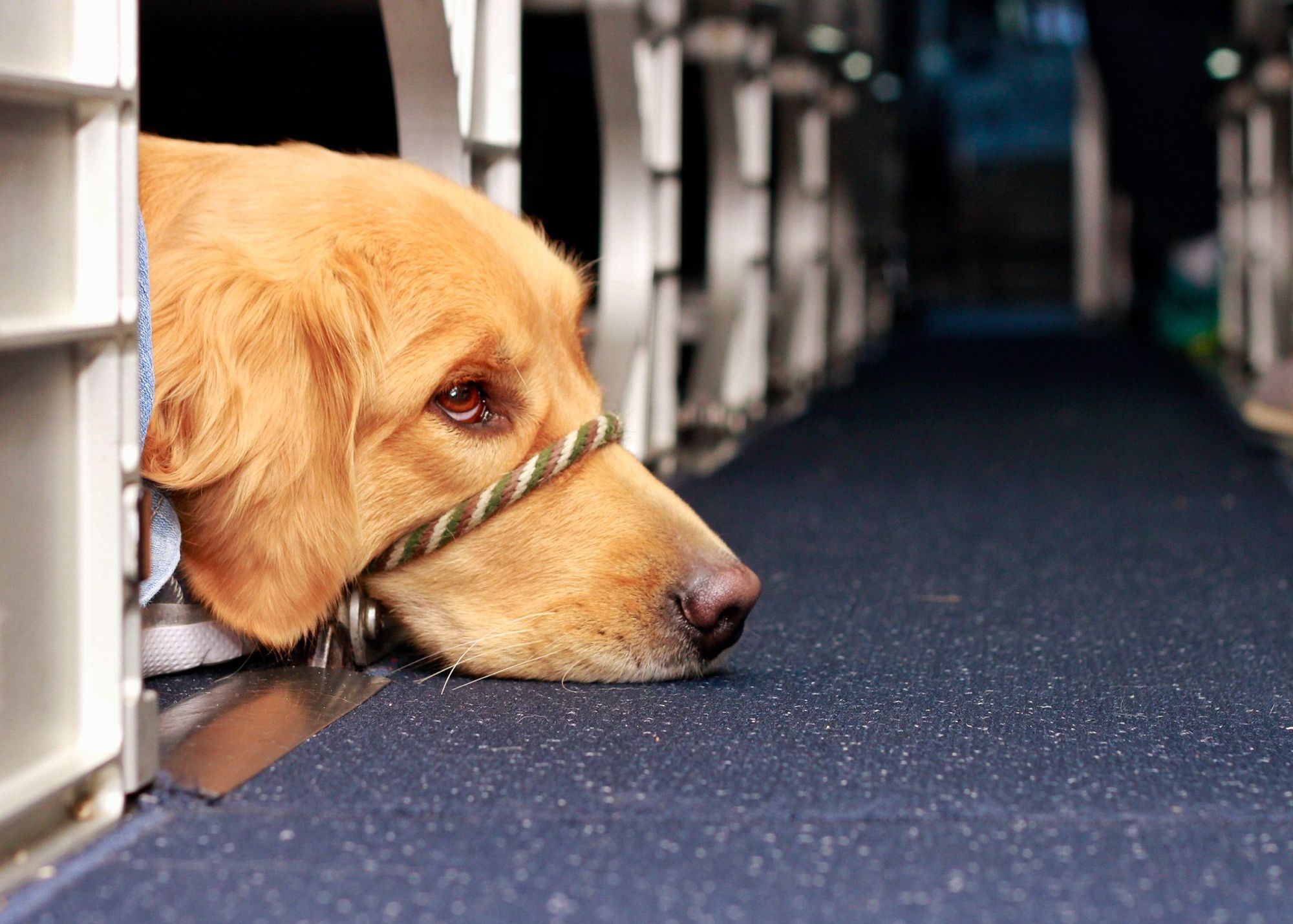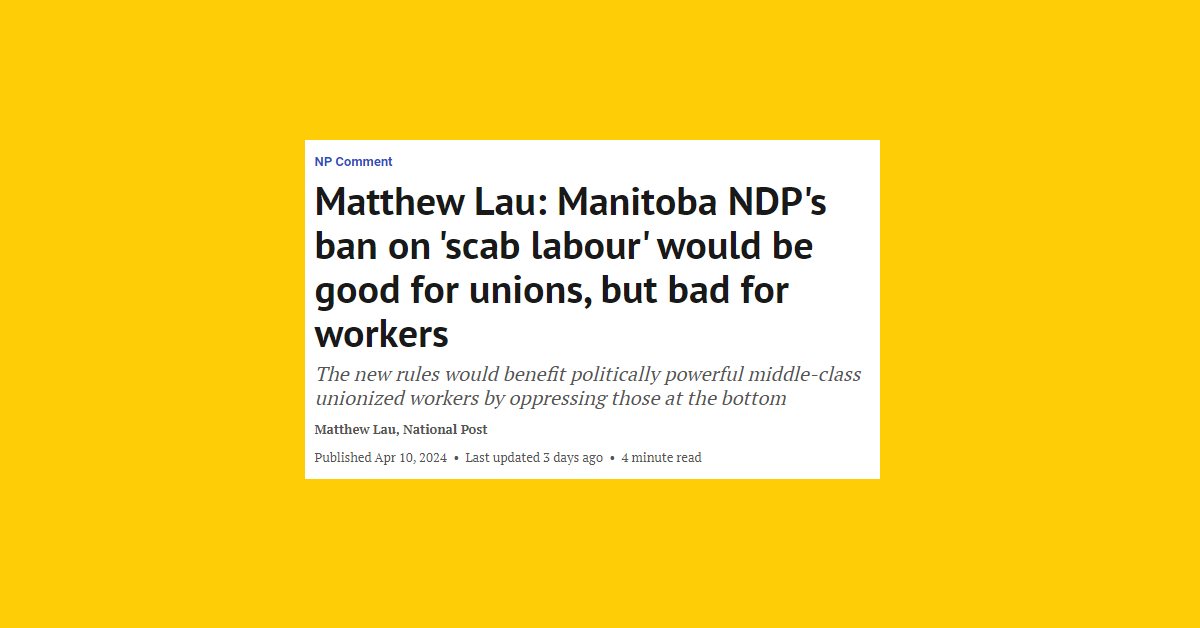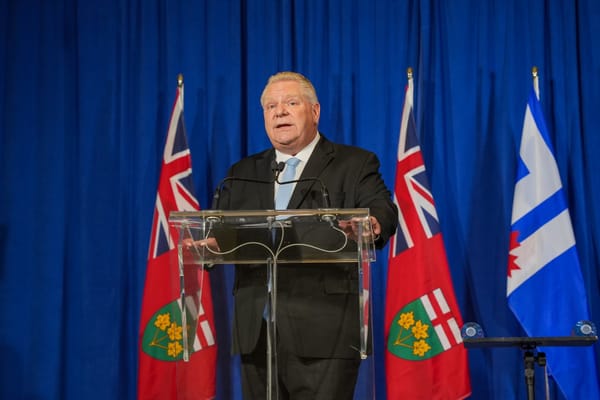The climate crisis urges a critical evaluation of the ways we live and work. According to many, it may also require a transformation of the way we interact and share the planet with animals. Along these lines, there’s an emerging area of study that sees the work and labour of humans and animals as inherently interconnected.
Professor Kendra Coulter is a leading scholar in this area of research. For this week’s Class Struggle newsletter, I sat down with Kendra to talk about her research, the field of animal studies and the latter’s place within broader movements for social justice.
Kendra Coulter is Professor of management and organizational studies at Huron University College at Western University, a fellow at the Oxford Centre for Animal Ethics, and a member of the Royal Society of Canada’s College of New Scholars, Artists and Scientists. She is the author of Animals, Work, and the Promise of Interspecies Solidarity (2016), which I previously reviewed. Her next book, Defending Animals: On the Front Lines of Animal Protection, will be published in 2023 by MIT Press.
Adam King: I think many readers might be unaware that there is a field of studies focused on animal labour. To start, it would be helpful for readers if you explained a bit about how you understand the relationship between work and animals.
Kendra Coulter: Animals have long worked alongside or for people and were essential to the creation of every human society — dogs, horses, many different species.
Animals continue to work in a range of ways depending on the place, sector and type of animal. Even wild animals have to work — they need to find food and water, raise their young, and navigate an increasingly challenging world with roads, buildings, fires, and droughts.
So, really, when you think about animals and work, a vast and diverse set of situations, relationships, and groups are revealed, the good, the bad, the ugly, and the more complicated.
AK: The connection between human and animal welfare, particularly when it comes to work and labour, runs through much of your research. Why is thinking about human and non-human well-being in terms of “interspecies solidarity” important from a social justice perspective?
KC: Solidarity is like oxygen for those of us who care about people’s wellbeing, but too often it is only pursued for humans.
People may believe in fairness, justice and equity, but only for humans, even though animals are also sentient beings who feel joy as well as fear and pain. A truly just community and society cannot be built on the suffering of others, even if they are not exactly like us. Webs of solidarity should include other species.
AK: Can you elaborate on how interspecies solidarity is distinct as an approach from previous traditions of thought about animals, such as animal liberation? I was particularly struck by your arguments concerning the ways animals and humans are inextricably linked. Animal liberation and some other traditions of thought about animal rights seem more premised on human and animal separation than on the types of connection that interspecies solidarity imagines.
KC: As with any kind of advocacy and social movement, there are different ideas propelling people to seek change which can be complementary or quite distinct. In the animal advocacy landscape, these include animal welfare, animal rights, animal liberation — and different visions of each of these terms. These approaches can have value and be usefully applied to different situations, but I’ve proposed interspecies solidarity as a different lens for understanding the problems and potential solutions.
Interspecies solidarity, as a concept, aims to magnify the interconnectedness of human and animal well-being and focuses on the process of change as much as the destination.
Many human and animal lives are connected or even inextricably linked. The status quo is not acceptable, and animals are experiencing too much suffering. They need to be recognized, valued, protected and deserve their equivalent of bread and roses.
There are real differences across contexts and inequities among humans based on economic structures, historical and ongoing colonial practices, among other factors, and these affect both people and other species. So, the idea of interspecies solidarity is not about imposing a singular outcome. Interspecies solidarity is an accessible and inclusive term that invites people to take animals’ lives seriously, to empathize with their experiences, and to act both interpersonally and for larger changes to disrupt business as usual for mutual well-being. It can lead to small or significant changes, to reforms or alternatives that replace the most damaging patterns and areas of work.
AK: You make a distinction between work done with and for animals, and work done by animals. Can you expand on this difference?
KC: People may be employed in workplaces where animals are present, and those animals may benefit or be harmed by human labour. Compare a veterinary clinic or animal-assisted therapy farm to a slaughterhouse, for example. The animals may or may not be working alongside people.
Animals directly engage in work for us, or on their own, including care work. People can also work for animals directly, such as by providing care, or in political arenas as advocates seeking to change and eliminate the causes of animals’ suffering.
AK: From a Marxist orientation, labour is the source of value (or, at least, the source of all things that have value in a market). In your thinking, is animal work ‘valuing-producing’?
KC: As a feminist political economist, I recognize economic value but also want to emphasize the value of unpaid labour, whether performed by people or animals. It is sometimes said that unpaid labour subsidizes every economic system. I would say the same is true for animals’ work.
AK: I might add that there’s plenty of work done to animals, most of which is terribly cruel. In some cases — animal food production, for example — workers’ material interests (their jobs and incomes) depend on the continuation of such cruel industries. In other words, the interests of animals and human workers may at times be opposed. How would a political program that is motivated by interspecies solidarity address this tension?
KC: Jobs are not justification for violence, and killing animals for profit is routinized, corporatized violence. Things that are illegal when done to cats and dogs are considered acceptable by many (and legally) when done to chickens, cows, and pigs. Animals trapped in factory farms are kept in conditions that would horrify most people. Male chicks killed the day they’re born in the egg industry. Female cows repeatedly impregnated so they physically produce milk that is taken for human consumption until their bodies are exhausted and they, too, are shipped for meat. Pigs kept in gestation crates within which they can stand and lay down, but not turn around or even move. These things are not exceptions; these are standard practices in factory farming.
Small reforms can make the difficult and dangerous work in industrialized animal agriculture or factory farms a bit better for people and may somewhat minimize the depth of suffering experienced by the animals in their short lives of misery. But the truly just and solidaristic solutions would be to call for and invest in what I call “humane jobs”: work that benefits both people and animals. We need greater awareness and critique of these patterns of normalized suffering, first, but that isn’t enough on its own.
We also need alternatives. Work that helps, not harms. We can produce sustainable, satisfying and nutritious food without violence. Plant-based foods, lab-based meat and dairy — these have the potential to fundamentally change the world for animals and to significantly curb climate change simultaneously. New, humane jobs can and should be created in these areas of growth. Humane jobs transitions are central to a humane future that recognizes the well-being of both diverse people and animals. The economy is where most animal cruelty occurs and it’s considered normal and necessary. It is neither, nor is it ethically justifiable. It creates primarily lousy work for people and is far worse for animals who are seen as completely disposable.
AK: Recently, you’ve been engaged in research on the labour involved in animal protection and investigations into animal cruelty. Much of the work done to advocate for and protect animals is highly feminized and often undervalued. How would you explain this and what implications does this have for campaigns to improve such labour?
KC: Another way to think about humane jobs is by asking how we can create more and better jobs in sectors that help animals. People need jobs, so let’s promote positive areas of work. Animal protection is a great example. Animals benefit when we investigate suspected cruelty or proactively work to help strengthen the care people can provide to their own animal companions and stop problems before they start. But often frontline cruelty investigations work is low paid, done by women and/or workers of colour, and can be physically and psychologically risky.
If there were more people doing this work, caseloads would be smaller and frontline workers would have more time to thoroughly do their jobs. Plus, if these workers were better protected, they would be happier and safer. Investing in animal protection is good for animals, frontline workers and, crucially, vulnerable people who may be being abused alongside animals. It’s called the “human-animal violence link.”
Many people know that serial killers or mass murderers often begin by harming animals before expanding to people, and this is part of the human-animal violence link. But the link is even more than that. Animals and people may be abused or neglected simultaneously. Animals are also used as pawns by abusers who seek to exert more control and power. Recent Canadian research from the University of Windsor found that 89 per cent of women sampled who had fled interpersonal abuse said their animals had also been threatened or actually hurt by the abuser. That pattern is remarkably consistent across countries, unfortunately. When animals are at risk, people often are too, and vice versa. So when you protect animals, you’re also helping people.
Across contexts, human and animal well-being are often interwoven. Whether it’s about confronting domestic violence or creating better jobs in agriculture, the ideas of interspecies solidarity and humane jobs invite us to see how people’s and animals’ fates are connected. Our families and communities include many species and other animals, so our interpersonal, workplace, and political strategies should too.
AK: There seems to be a significant distance between left politics and animal rights, which is somewhat strange given the ideological origins of the latter. As someone on the left who has also been a vegan for over 20 years, it often feels as though I exist in two separate worlds. I’ve found the way you use work and labour as a lens to bridge that gap quite useful. Around what common issues do you see leftists and animal advocates sharing space?
KC: The disconnect can be very disappointing for so many reasons. More and more people care about animals, people of all ages and backgrounds.
There are practical ways progressives can recognize and then act upon the reality of our interconnected lives in our communities, organizations, and political spaces. Suffering is suffering, and the very core of solidarity is support despite differences. Animals are a social justice issue and, as I’ve written before, you cannot build a just society on a mass, unmarked animal graveyard.
Animals have done and continue to do so much for people. Animals deserve far better from our species. Animal advocates and worker advocates should be working together, in solidarity and for solidarity.








Member discussion